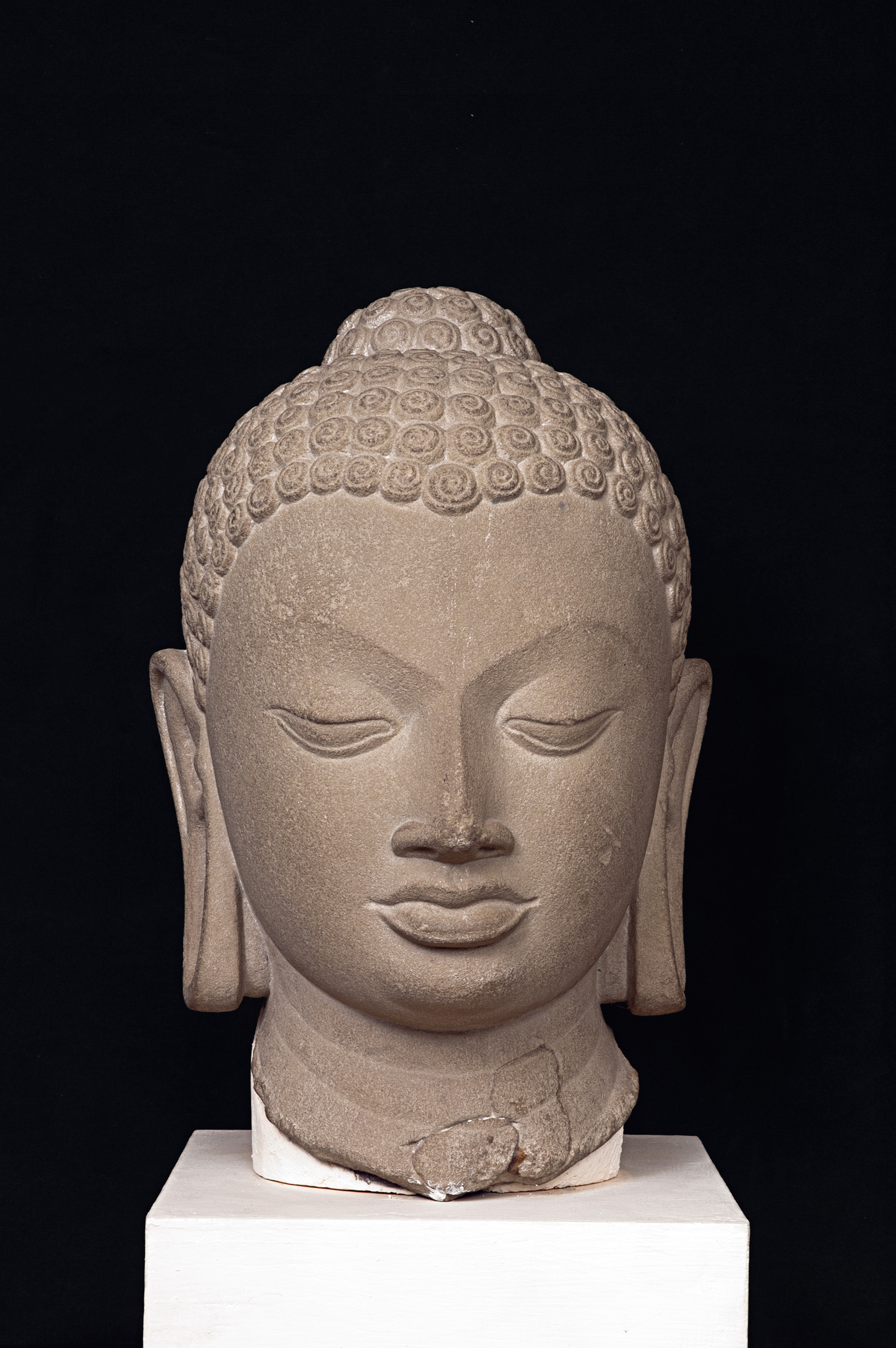Discover, Learn, immerse, Connect
Buddha Head
This serene-looking sculpture is of Buddha. It was excavated from Sarnath, near Varanasi in Uttar Pradesh. It is made of stone. It is currently at display at the Buddhist gallery in the National Museum, New Delhi.
The Gupta period witnessed substantial growth in the number and size of Buddhist monasteries. While Gupta kings are generally linked with the promotion of Hinduism, some of them even extended their patronage to Buddhism. The text Manjushrimulakalpa, which dates back to 800 AD points out that Narasimhagupta became a Buddhist monk and spent his life practising meditation until he finally gave up his life through dhyana.
This particular sculpture is seen as the epitome of the Gupta ability to capture spirituality in Indian art. The Buddha is looking inwards, away from the material aspects of life, his eyes half-closed suggest that he is in meditation. His features are well moulded, he has clearly defined eyes, nose and lips. His hair is coiled as a knot on his head. The sculptor’s play with light and shade is remarkable. Besides, there are lines on his neck and elongated ears which are known to be ‘Mahapurusha Lakshana’ or the signs of an extraordinary man.
Buddhism as a philosophy is understood to be a path, a way of life which is believed to lead a human towards salvation (breaking away from the cycle of birth, death, and rebirth). The core of the Buddha's teachings lies in the Four Noble Truths according to which all life is suffering, the cause of suffering is desire, this desire can be destroyed and the means to achieve this end is following the Eightfold Path.
 Government of India
Government of India



